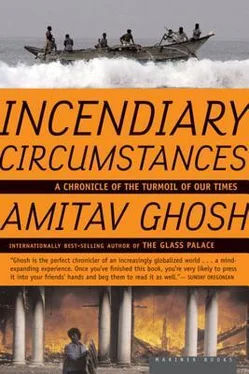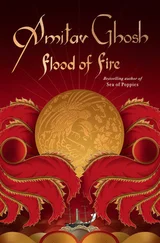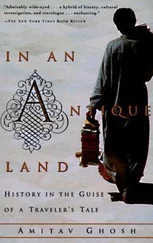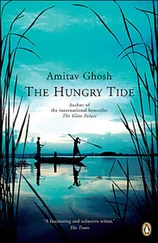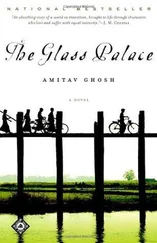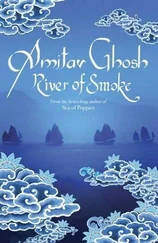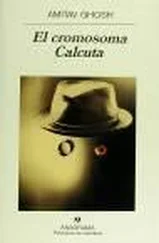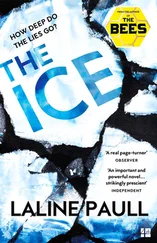In colonial times, British recruiting policies had favored minority groups over the ethnic Burmans. The British Burma Army was formed largely of units such as the Karen Rifles and the Kachin Rifles. As a result, the civil war began with the insurgents outnumbering government troops, and they made short work of the government's inexperienced, understaffed official army. They captured Mandalay, Burma's second city, within six weeks and then advanced on Rangoon, the capital, which was already under siege, caught between Communist insurgents and Karen rebels. A year after independence, the authority of the Burmese government extended no farther than the city's outskirts. The administration came to be nicknamed the Rangoon Six-Mile Government. It survived largely because an arms shipment from India arrived just in time to supply the government's troops.
In the following decades, the people of Burma learned to live with quotidian violence on a scale unimaginable elsewhere until the global advent of terrorism. The notoriously phlegmatic writer Norman Lewis traveled through Burma in 1951 and found that guerrilla warfare had become so widespread as to be commonplace: bridges were demolished within hours of being rebuilt; railway tracks were repaired and blown up at clockwork intervals; trains and riverboats were fired upon with mechanical regularity. "In the situation of this unfortunate country," he wrote, "there is an element of grim Wellsian prediction come to fulfillment."
General Aung San may indeed have been the only Burmese leader who could have averted the civil war. A few months before his death, he had negotiated a landmark treaty with several minority groups, having been able to persuade them that their rights would be protected in a quasi-federal union. The treaty, known as the Panglong Agreement, laid the groundwork for what could well have been a viable federal union. With General Aung San's assassination, the agreement foundered.
In his death, General Aung San became Burma's most pervasive icon. It is easy to imagine that the people of Rangoon, beset on every side by civil strife, needed a symbol to remind them that Burma was more than a flag and a fantasy — that an eventual Union of Burma was indeed thinkable, even achievable. Aung San became the embodiment of that possibility. Despite the strains of the civil war, Burma clung fast to its parliamentary constitution: through the next decade, elections were held regularly, and the press flourished.
Then, in 1962, General Ne Win, the chief of the army, abruptly took control of the government and suspended the constitution. The new regime met with immediate civilian resistance. Students sealed off Rangoon University and declared it a "fortress of democracy." The police opened fire, killing an unknown number, blew up the student union building, and then closed the university. Many students went underground; many fled to insurgent-controlled areas on the border.
Soon after General Ne Win took power, it was announced that the ideology of the new regime was to be "the Burmese Way to Socialism." The general had a history of peculiar behavior and soon became famous for his tantrums and an obsession with the number nine. He was said by many to be mad and had undergone psychiatric treatment in Vienna. His professed ideology proved to be no ideology at all but a bizarre mix of xenophobia and astrology, with a smattering of Marxism. General Ne Win's one claim to legitimacy was a connection to Aung San, who had once been his comrade in exile, and the general made the most of the link. As the reality of Burma grew ever more distant from Aung San's vision, his image proliferated: on coins and banknotes, on street corners, in marketplaces.
It takes a military dictator to believe that symbols are inert and can be manipulated at will. Forty years after his assassination, Aung San had his revenge. In a strange, secular reincarnation, his daughter, Suu Kyi, came back to haunt those who had sought to make use of his death. In 1988, when Burma's decades of discontent culminated in an antimilitary uprising, Aung San Suu Kyi (pronounced Awng Sahn Soo Chee ) emerged from obscurity as one of the country's most powerful voices, the personification of Burma's democratic resistance to military rule.
A Penguin on an Ice Floe
The first time I met Suu Kyi was in 1980, at Oxford, where I was then a graduate student. I had been given a package for her by a mutual friend in New Delhi; Suu Kyi went to high school and college in Delhi before going on to Oxford. She still has many friends in India. Her mother served as Burma's ambassador to India for several years.
In 1980, Suu Kyi was thirty-five and was leading a life of quiet, exiled domesticity on a leafy street in North Oxford, bringing up two sons, then aged seven and three, and writing occasional articles for scholarly journals.
I saw her next in a magazine photograph, eight years later: she was speaking into a microphone. It was August 26, 1988, and she was addressing a vast crowd in the shadow of the great golden spire of the Shwedagon Pagoda, in Rangoon. She was instantly recognizable and yet utterly transformed.
I learned later that her presence in Burma was largely fortuitous. In the course of a peripatetic life, spent in many countries abroad, Suu Kyi had returned regularly to visit her aging mother in Rangoon, and news that her mother had suffered a stroke was what took her back in 1988.
Mass protests against military rule had started a couple of weeks before Suu Kyi arrived in Rangoon. In March a brawl in a tea shop provoked a clash between university students and riot police, and forty-one students died of suffocation while being detained in a police van. The other students responded by taking to the streets in protest against the regime. The demonstrations continued over several weeks. Three months later, in June, student protests erupted again, eventually forcing the resignation of General Ne Win. The scale of the protests increased after the dictator's departure, culminating in a nationwide general strike on August 8. In commemoration of this day, many Burmese still refer to the democracy agitation as the Four Eights Movement, because of the date—8/8/88. Thousands of people — not just students but teachers, monks, children, doctors, and workers of all kinds — joined the demonstrations. That day the army made its first determined attempt to crush the movement, and hundreds of unarmed demonstrators were shot dead. The killings went on for a week, but demonstrators continued to flood the streets.
Pictures of General Aung San were a prominent feature of the student-led demonstrations. He had himself begun his political career as a student leader, and the generation that formed the nucleus of the democracy movement was quick to lay claim to his legacy. Suu Kyi's family house, on University Avenue, became a center of political activity, and on August 26, in her speech at the Shwedagon Pagoda, she announced that she was joining the movement. "I could not, as my father's daughter, remain indifferent to all that was going on," she told the hundreds of thousands of people who had gathered to listen to her. "This national crisis could, in fact, be called the second struggle for national independence."
A bloody denouement was a few weeks away. On September 18, a group of senior military officers took over the government. The junta called itself the State Law and Order Restoration Council; it rules under that name to this day, although some of its senior members have changed. In Burma, the regime is universally referred to by the almost comically sinister acronym SLORC. The word is pronounced with an appropriately slurping, swallowing sound—"like Ian Fleming's SMERSH," as a diplomat once observed.
The junta's first move was to eliminate the democracy movement. Army units took control of the streets, machine-gunning any large gatherings, and arrested hundreds of activists. A mass exodus resulted: as many as six thousand students fled to insurgentheld areas on the border. Many joined the insurgents; some are still fighting.
Читать дальше
